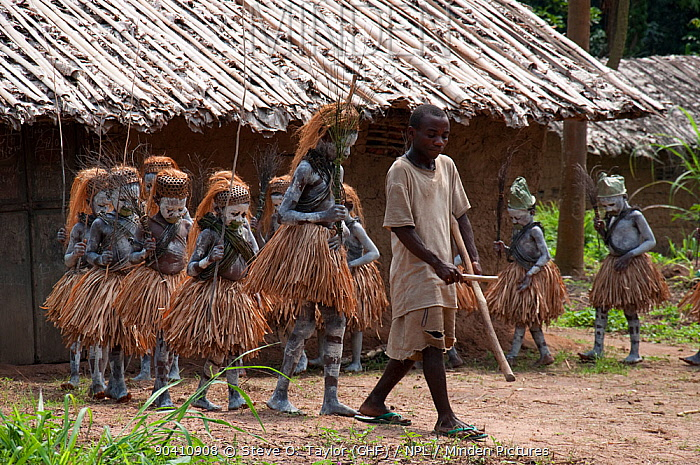As a rule, it seems reasonable to contend that any practice which has been historically prevalent among non-agriculturalist groups, and which does not rely upon demonstrably recent technologies, is just as likely to have occurred 50,000 years ago as 500 years ago. 

(2) To this category can be counted armour made of materials such as wood or animal hides. The practice of strapping protective material to yourself is hardly rocket-science, and is known to have occurred in hunter-gatherer societies such as the Haida. 





(3) Hygenic/aesthetic practices such as complex facial- and body-paint as well as hair-braiding and cropping do not require advanced technology, and are documented from Palaeolithic art as well as modern hunter-gatherers. 







(4) Complex maritime exploitation and habitat-management such as clam-gardens are known from historical peoples in the Pacific Northwest dating back more than 3000 years. Societies such as the non-agriculturalist Floridan Calusa exploited aquatic resources on a massive scale. 



(5) Evidence of pet-keeping in various forms is ubiquitous in forager-societies across the world, from the raising of orphaned juveniles to the intentional maintenance of semi-domestic game. Melanesians intentionally spread cuscuses to islands for food as early as 20kya. 



(6) The Okiek hunter-gathers of Southwestern Kenya create and maintain artificial bee-hives, as well as tending to wild ones. They migrate throughout their area, moving their hives in rhythm with the seasonal flowerings. 





(7) Though stone-craftsmanship was comparatively primitive during the Palaeolithic, spears were fashioned with beautifully carved atlatls to increase thrust and throwing-distance. 







(8) Into recent times, complex and intricate wooden clubs and spears have been fashioned by stone-limited societies all across the world. Little evidence of such things would be expected to survive to today, but it seems inexplicable to suppose they weren't made. 





(9) Despite typical conceptions of non-agriculturalist stone-wielders as living in tiny, socially simple bands, members of ppls as culturally simple as the Mbuti pygmies live in settlements of up to 250 individuals. The Calusa hosted thousands in vast, monumental settlements. 





More could be added, but the point is simple: People were not dumber in the late Pleistocene than we are now. A good deal were probably sharper. They didn't dress in dirty rags, they didn't live in caves, their hair didn't fall in wild manes and doubtless they had poets. 

• • •
Missing some Tweet in this thread? You can try to
force a refresh
























